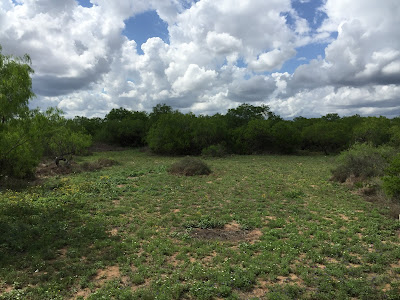The term Classic
Forged Knives refers to a process of knife making that harkens back to
pre-industrial times. In other words,
there are no modern manufacturing techniques associated with this type of knife
making. In the purest sense this is
referred to as bladesmithing. A bladesmith is someone who uses
blacksmithing techniques and equipment to make knives. The most important piece of equipment is, of
course, an anvil to which must be added appropriate hammers, tongs and a system
to heat steel to non-magnetic temperatures.
All but the last requirement are specific to bladesmithing. The modern knife manufacturer, whether
operating out of a garage, small shop or large factory uses a method to produce knives called “stock reduction.” Almost all contemporary knives are made this
way. The garage hobbyist will purchase a
piece of high carbon flatbar and from that will cut out something that looks
like a knife. The large factory will do
practically the same thing though they use large sheets of high carbon
steel to stamp or cut out their blade blanks.
From that point on the process is nearly identical as the blank is taken
through the manufacturing process from blank to final merchandise. A bladesmith, on the other hand, takes a
piece of high carbon steel, bar or rod, and heats it until the steel become
highly malleable and then begins pounding it into the shape of a knife. This is the traditional way of making knives.
Let’s set the record straight by saying that both
methods make good knives if the maker is knowledgeable of sound metallurgical
techniques. I am forever harping at would-be
knife makers to “learn their chemistry.”
Alas, most wannabees could not care less about ionic bonds and crystal
math or a hundred other things that a top knife maker takes the time to
learn. That’s precisely why too many
hobby or even “custom” knives are improperly heat treated and tempered and why
you hear misinformation like, “forged steel is stronger steel than
stock-reduction steel.” Knife makers well-versed
in inorganic chemistry know that pounded steel is no stronger than
stock-reduced steel and what makes a piece of knife steel strong and
adequate resides in (1) the specific type of steel and (2) the care taken in
heat treating.
Well, I shan’t bore you with a lesson in chemistry but let it
suffice to say that bladesmithing does offer one distinct advantage over simple
stock reduction—that is to say if you
are enamored by texture and the aesthetic qualities related to the actual
forging (pounding) process. It also
brings the knife maker closer to the process itself. A bladesmith can rise to the level of artisan
while someone employing basic stock reduction will always just be a craftsman,
and yes there is a difference. Not to take away from the people who make
beautiful knives using stock reduction with their nice handles and engravings
etc. But the essence of a knife is the blade
and a forged blade IMO will always be more beautiful (assuming it’s done
correctly) that a blank that was cut away using an angle grinder or bandsaw and
then subjected to a $1,000-$2,500 2”x72” belt grinder then heated in an
electric oven then tempered in another electric oven then polished with the same
belt grinder. Nifty, but mono-dimensional. I even saw a YouTube video
where a fellow bought himself a CNC machine and all his “custom” knives are
made as if in a sterile vacuum chamber as not to be contaminated by germs. I think that's stretching the word, "custom."
Check online and type “forged
knives.” There are some genuine artists
out there! Some of the more radical,
cavemen types (that’s a compliment) are calling themselves Neo-Tribal
Bladesmiths. A couple or three are quite good. They seem to be clustered
in the Tucson, AZ area but I’ve heard there may be a handful of others scattered in different places. There might even be one old hermit
living in a cabin way down in Deep South Texas who's tribal, if not very neo. Mind you, he's no where near as talented as those Tucson boys and besides he’s not quite sure what neo-tribal
bladesmith actually means. No importa. Aqui
estoy bien escondido y tranquilo.









